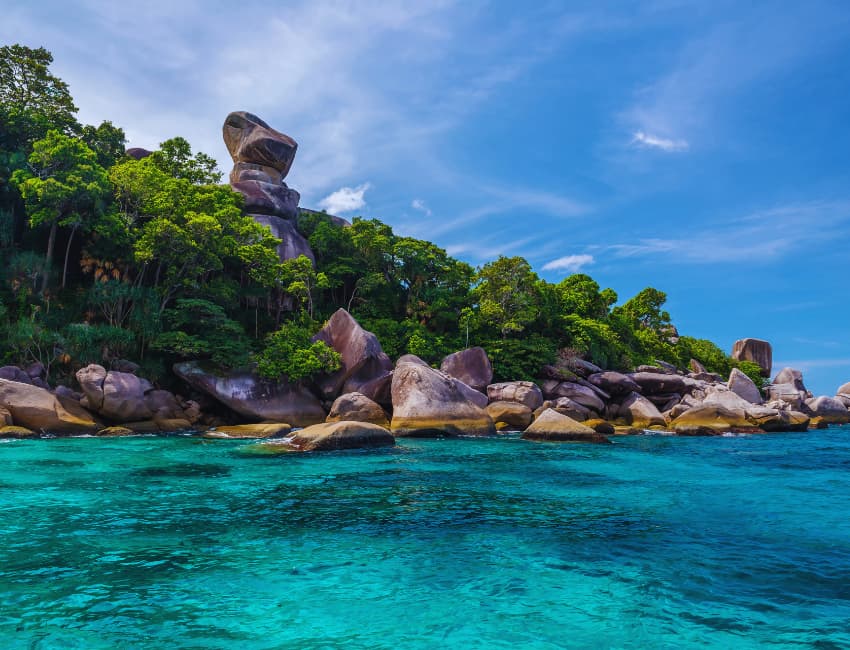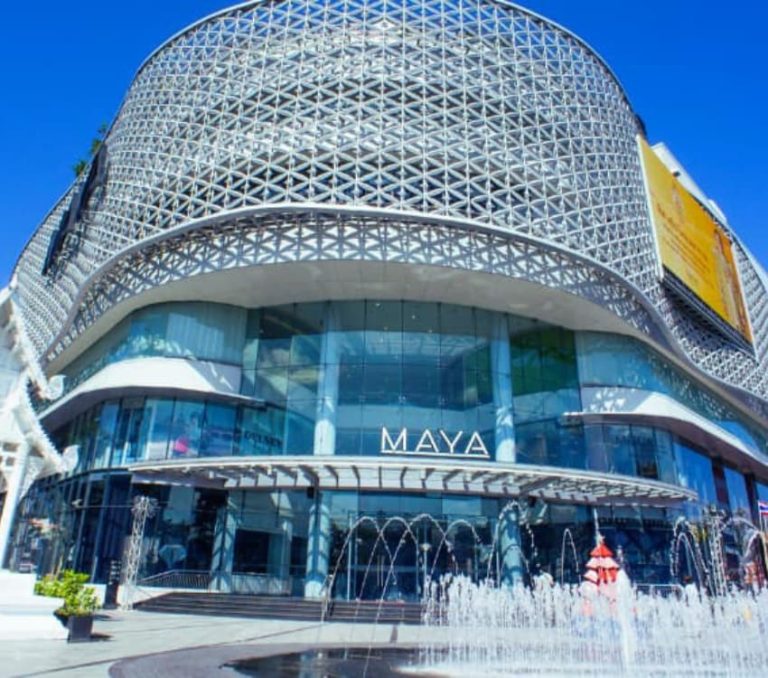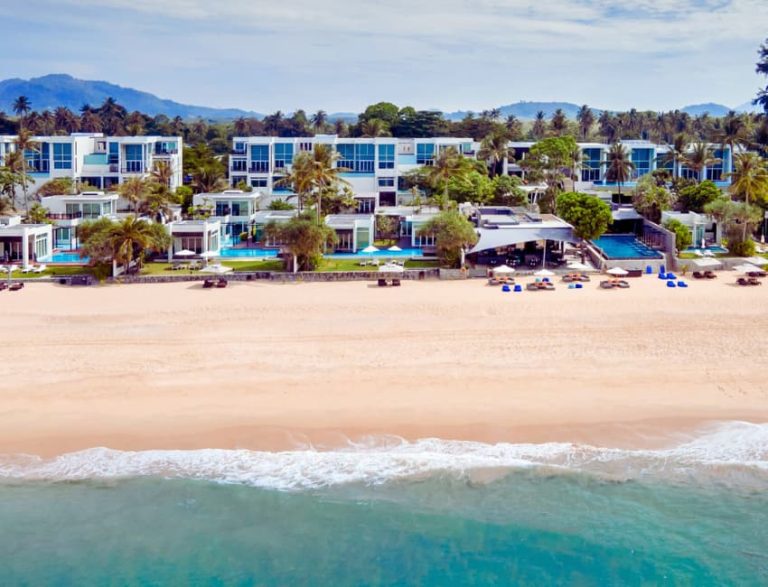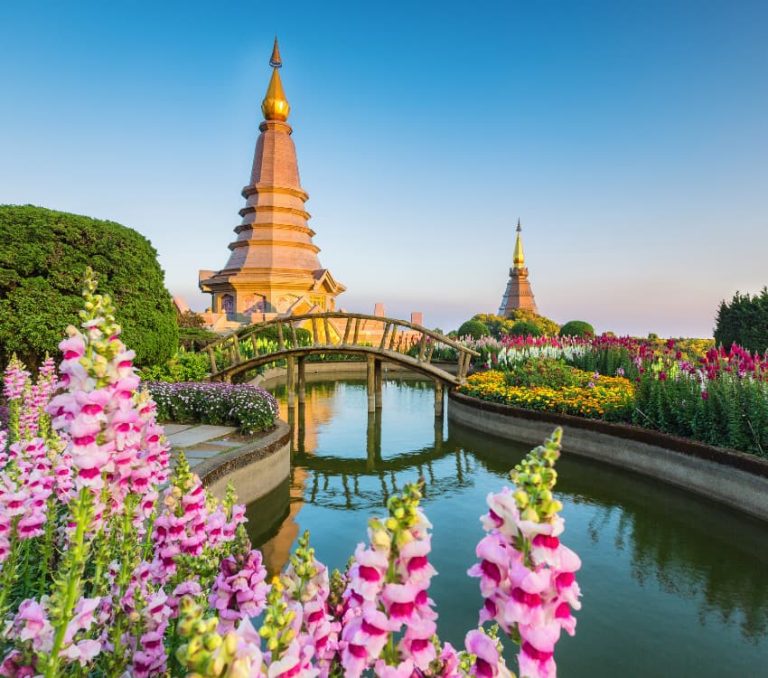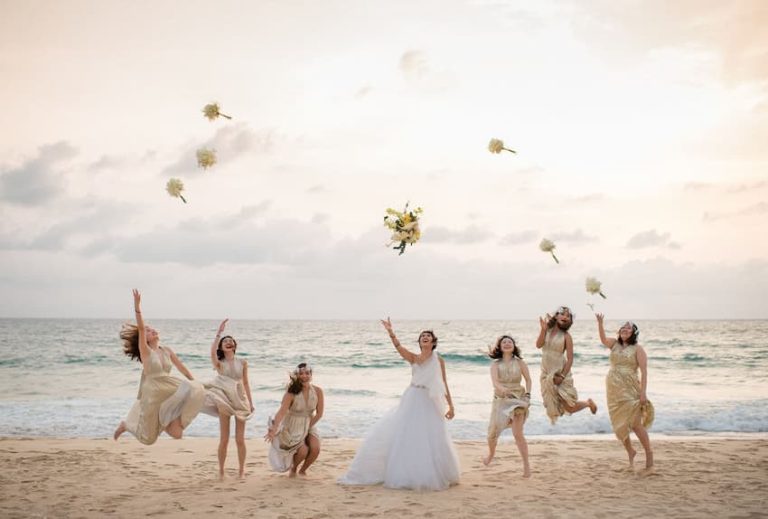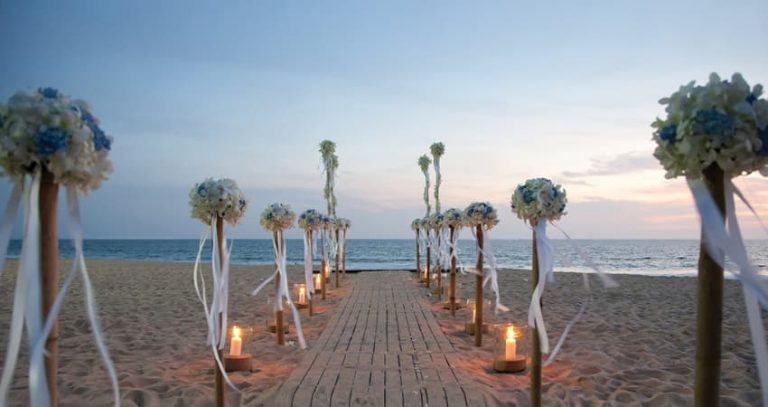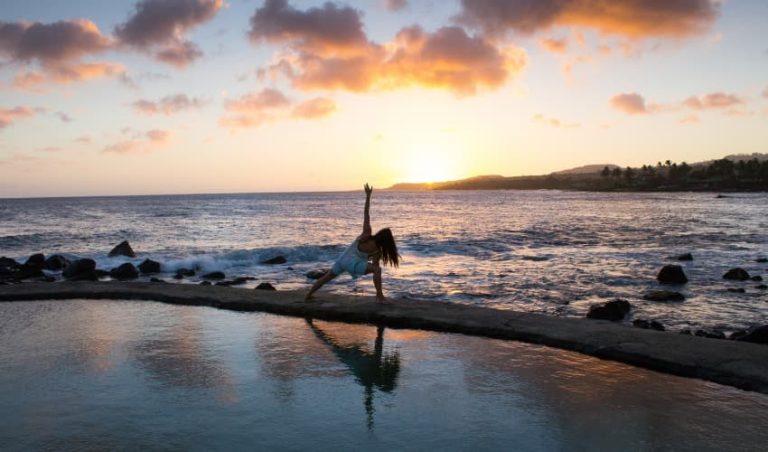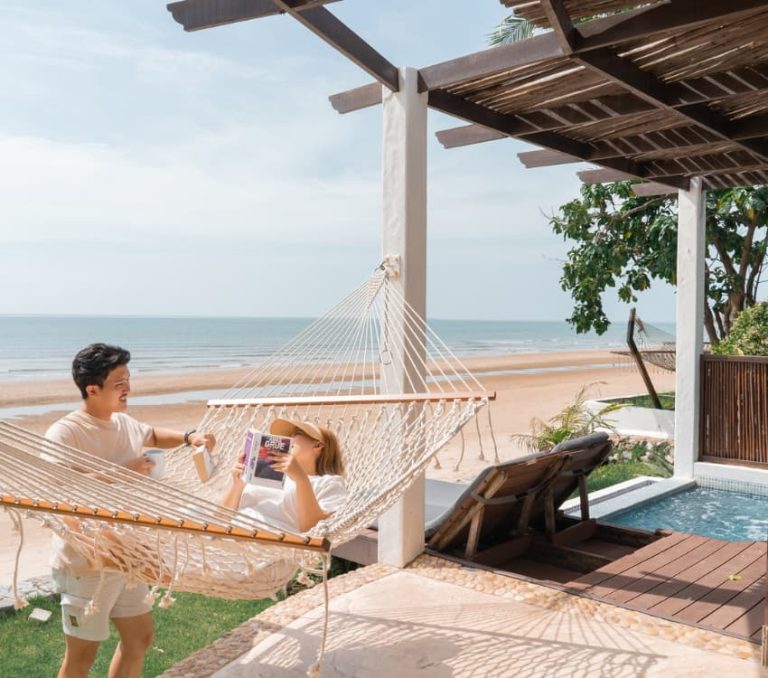Imagine a place where crystal-clear waters meet white sandy beaches, and vibrant marine life thrives beneath the surface. This idyllic scene is what awaits you at the Similan Islands, an archipelago renowned for its stunning natural beauty. Located in the Andaman Sea, these islands are a paradise for divers and snorkelers, offering some of the best underwater experiences in the world. The pristine beaches, framed by lush greenery and dramatic granite rock formations, create a picture-perfect setting for relaxation and exploration.
The Similan Islands, part of Mu Ko Similan National Park in Phang Nga Province, Thailand, are more than just a picturesque destination. They are a premier spot for diving, snorkelling, and nature exploration. Established as a national park in 1982, this group of 11 islands is celebrated for its diverse marine ecosystems, clear waters, and vibrant coral reefs. Whether you are an avid diver looking to explore underwater wonders or a nature enthusiast eager to discover remote, wildlife-rich areas, the Similan Islands offer an unforgettable experience showcasing Thailand’s best natural treasures.
The Similan Islands
Situated in the turquoise waters of the Andaman Sea, the Similan Islands lie approximately 70 kilometres off the coast of Phang Nga Province in southern Thailand. This pristine archipelago, located 85 kilometres northwest of Phuket, is easily accessible from popular tourist hubs yet remains a haven of unspoiled natural beauty. The islands are renowned for their clear blue waters, vibrant coral reefs, and diverse marine life, making them a top destination for divers and snorkelers worldwide.
The Similan Islands’ significance extends beyond their natural allure. 1982 the Thai government established Mu Ko Similan National Park to protect and preserve this unique environment. Initially, the national park encompassed nine islands, reflecting the meaning of “Similan,” which translates to “nine” in Malay. However, in 1998, the park expanded to include two additional islands, bringing the total to eleven. This expansion further enhanced the park’s ecological diversity and solidified its status as a vital conservation area.
- Island 1: Ko Huyong, also known as Ko Hu Yong
- Island 2: Ko Payang, also known as Ko Pa Yang
- Island 3: Ko Payan, also known as Ko Pa Yan
- Island 4: Ko Miang, also known as Ko Meang. (Department of National Parks HQ is here)
- Island 5: Ko Ha
- Island 6: Ko Payu, also known as Ko Pa Yu
- Island 7: Ko Hin Pousar
- Island 8: Ko Similan
- Island 9: Ko Ba-ngu, also known as Ko Bayu
- Island 10: Ko Bon, also known as Ko Talu
- Island 11: Ko Tachai
The establishment of Mu Ko Similan National Park marked a crucial step in preserving the rich marine ecosystems and terrestrial habitats found within the archipelago. The park’s protected status helps safeguard the islands’ pristine beaches, lush forests, and vibrant underwater landscapes, ensuring that future generations can continue to enjoy and appreciate this natural wonder.
Unique Features of the Islands
The Similan Islands are celebrated for their extraordinary marine biodiversity. Beneath the crystal-clear waters, a vibrant underwater world teems with life, offering divers and snorkelers an unparalleled glimpse into the rich marine ecosystems of the Andaman Sea. The island’s coral reefs are home to an array of marine species, including majestic manta rays, gentle whale sharks, and a dazzling variety of tropical fish. The reefs are equally diverse, with over 200 species of hard coral identified, creating a colourful and dynamic underwater landscape.
A few of the Similan Islands’ many diving spots stand out as must-visit locations. East of Eden is renowned for its stunning coral gardens and abundant marine life, making it a favourite among divers of all levels. The site features a long swim-through lined with vibrant corals and schools of fish, offering an immersive experience in a thriving aquatic environment. Elephant Head Rock, named for its distinctive rock formation resembling an elephant’s head, is another top spot. Here, divers can explore deep boulders, archways, and tunnels, encountering everything from reef sharks to moray eels. Richelieu Rock, often hailed as one of the best dive sites in the world, is famous for its horse-shoe-shaped reef and the chance to see whale sharks, giant barracudas, and an array of other pelagic species.
Beyond the underwater attractions, the Similan Islands boast stunning scenic beauty above the surface. The islands’ picturesque landscapes are characterised by powdery white sandy beaches framed by lush tropical forests and dramatic granite rock formations. These granite boulders, some as large as houses, are scattered across the islands and continue beneath the waves, creating intriguing underwater topography. The beaches are often deserted, offering a tranquil retreat for those looking to relax and soak in the natural surroundings.
Exploring the Islands
The Similan Islands offer a rich tapestry of natural wonders and exciting activities across their eleven islands. Each island has unique attractions that make exploring the archipelago a varied and enriching experience.
Koh Similan, also known as Island 8, is the largest and most popular of the Similan Islands. This island is famed for its picturesque Donald Duck Bay, where a rock formation resembles the famous cartoon character. The bay’s clear, turquoise waters and white sandy beaches create an idyllic setting for swimming and snorkelling. Another highlight is Sail Rock, a viewpoint offering panoramic vistas of the surrounding sea and islands. Visitors can also explore the island’s jungle trails, which meander through lush tropical forests, offering a chance to encounter local wildlife and enjoy the serene natural environment.
Koh Miang, or Island 4, is home to the park headquarters and offers several beautiful beaches. With its soft white sand and crystal-clear waters, Honeymoon Beach is perfect for a romantic escape or a peaceful retreat. Hideaway Bay, another stunning location, provides a haven during storms and high waves, making it a safe boat anchorage. The island’s facilities include the local coast guard, medical rescue services, a first aid centre, and a small Navy station, ensuring visitors’ safety and well-being. The island’s dirt paths lead to secluded spots ideal for snorkelling and nature walks.
Koh Tachai, located at the northernmost tip of the Similan National Park, is renowned for its pristine diving sites. The island’s most famous dive spot, The Pinnacle, is considered one of the best in Thailand, offering sightings of whale sharks, leopard sharks, and Napoleon wrasse among its underwater attractions. The island also features shallow bays for beginner divers and snorkelers, while the rougher east coast provides more challenging conditions for experienced divers. Besides its underwater wonders, Koh Tachai offers hiking trails through ancient rainforests and a serene 800-meter beach shaded by lush greenery.
Koh Bon, or Island 10, is a paradise for advanced divers. This small island, located an hour from the central Similan Islands, boasts white sandy beaches and multiple dive sites. Divers here can expect to encounter manta rays, various shark species, and colourful corals. With no accommodations on the island, Koh Bon is best visited as a day trip, allowing divers to experience its underwater beauty without the crowds. The best time to visit is during the calm months of April and May when marine life is most active.
Getting to the Similan Islands
Travelling to the Similan Islands is an adventure that begins on the mainland, with several routes available to reach this stunning archipelago. If you are starting from Hua Hin, the journey typically involves a combination of driving and boating. First, you’ll need to drive to the coastal village of Bang Pu in Phang Nga Province. This scenic drive takes approximately 45 minutes and offers glimpses of Thailand’s beautiful countryside.
Once you arrive in Bang Pu, you have two main options to reach the Similan Islands: boat or hiking. Most visitors prefer the boat ride for its convenience and the additional sights. From Bang Pu, you can take a boat to Laem Sala Beach. The boat ride costs between 150 and 200 baht per person for a round trip. This journey also allows you to visit nearby attractions such as Monkey Island, where you can observe playful langurs in their natural habitat. The boat ride to Laem Sala Beach takes about 70 minutes on a speedboat, offering a comfortable and quick route to the islands.
Alternatively, if you prefer a more immersive experience, you can hike from Bang Pu to Laem Sala Beach. This trek takes approximately 30 minutes and involves navigating a well-marked trail through tropical vegetation. The hike is moderately challenging, with tracks and stairs that lead through the lush landscape. Along the way, several viewing platforms provide stunning coastline vistas and surrounding natural beauty, making the effort worthwhile for nature enthusiasts.
From Laem Sala Beach, you can embark on the final leg of your journey to the Similan Islands. This involves taking a speedboat or a slower boat to the islands. Speedboats are the faster option, taking about 70 minutes to reach the Similan Islands, while slower boats can take up to three hours. Regardless of your choice, the boat ride offers a chance to enjoy the breathtaking seascape, with turquoise waters and distant islands creating a picturesque backdrop.
Accommodation and Facilities
Visitors to the Similan Islands have a range of accommodation options, allowing them to choose the level of comfort and immersion in nature that suits their preferences. On the islands themselves, the primary options include bungalows and camping facilities. These relatively basic accommodations offer the unique experience of staying overnight in one of the world’s most beautiful marine parks. Bungalows on islands like Koh Miang provide simple yet comfortable lodging with essential amenities. For those who prefer an even closer connection to nature, camping is available, with tents set up in designated areas that offer stunning views and the sounds of the ocean as a natural lullaby.
Nearby resorts offer a perfect blend of comfort and convenience for travellers seeking more luxurious accommodations. Aleenta Phuket Resort & Spa, located on the mainland, is an excellent option for a more upscale stay. This boutique resort provides a range of luxurious amenities, including private villas, world-class dining, and comprehensive spa services. Staying at a resort like Aleenta allows visitors to enjoy the pristine beauty of the Similan Islands during the day and return to a comfortable, high-end environment in the evening.
The Similan Islands have basic facilities to support visitors during their stay. On Koh Miang, where the park headquarters is, visitors will find restrooms, a small restaurant, and a visitor centre. The restaurant serves simple Thai cuisine and provides a convenient spot to grab a meal or refreshments after a day of exploring. The visitor centre offers information about the islands’ natural history, wildlife, and conservation efforts, enhancing the educational aspect of the visit.
Additionally, some islands have small shops that sell basic necessities, ensuring visitors can access essential items during their stay. However, bringing supplies such as snacks, sunscreen, and insect repellent is advisable to ensure a comfortable and enjoyable experience.
Activities and Experiences
The Similan Islands offer an array of activities and experiences that cater to adventure seekers and those looking for relaxation. One of the main attractions is the world-class diving and snorkelling opportunities. The islands boast some of the most vibrant and diverse coral reefs in the world, teeming with marine life such as manta rays, whale sharks, and various tropical fish. Top diving spots include East of Eden, with its stunning coral gardens, and Richelieu Rock, famous for its sightings of whale sharks and giant barracudas. Equipment rental options are available on the islands, and numerous guided tours cater to beginners and experienced divers, ensuring a safe and memorable underwater adventure.
For those who prefer to stay on land, the islands offer several hiking and nature trails that meander through lush tropical forests and along scenic coastlines. These trails provide an excellent opportunity to explore the unique flora and fauna of the Similan Islands. Hikers can encounter various wildlife, including dusky langurs and Nicobar pigeons, and monitor lizards while enjoying the natural beauty of the dense jungle and rocky landscapes. Notable trails include those on Koh Similan, which lead to panoramic viewpoints such as Sail Rock, offering breathtaking views of the surrounding sea and islands.
The tranquil beaches of the Similan Islands provide the perfect setting for relaxation and sunbathing. The soft, white sands and clear, turquoise waters create an idyllic environment for unwinding and soaking up the sun. Popular beaches like Koh Miang and Koh Similan offer peaceful retreats where visitors can lounge by the water, swim in the gentle waves, and enjoy these serene islands. The lack of crowds and the pristine condition of the beaches make them ideal for those seeking a quiet and rejuvenating escape.
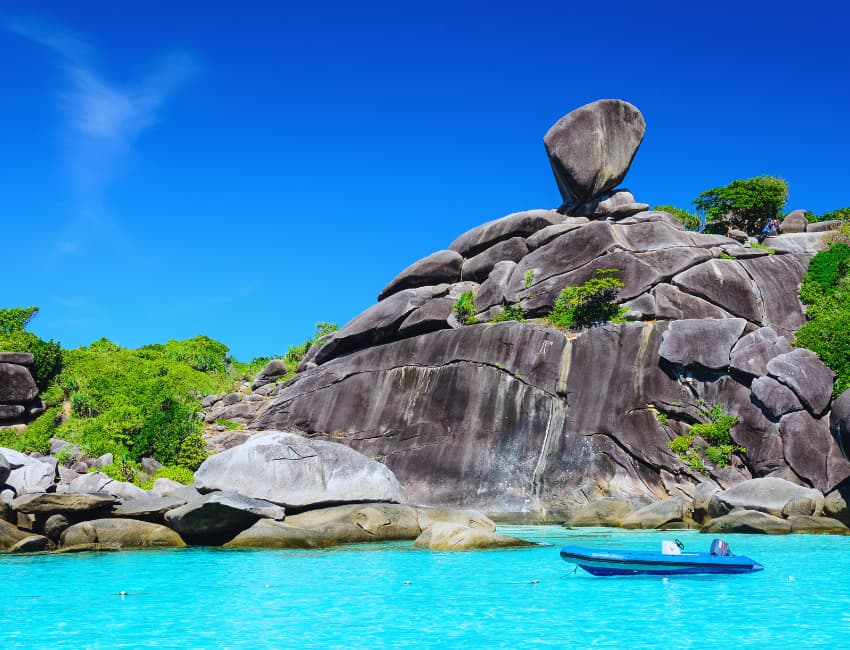
Practical Tips for Visitors
To make the most of your visit to the Similan Islands, planning your trip during the optimal time of year is essential. During the dry season, the best time to visit is between mid-October and mid-May. This period offers the most favourable weather conditions, with calm seas and clear skies, making it ideal for diving, snorkelling, and other water activities. The islands are closed from mid-May to mid-October during the monsoon season due to rough sea conditions and to protect the fragile marine ecosystems.
When packing for your trip, ensure you bring essential items to enhance your comfort and safety. Sturdy shoes are crucial for hiking the islands’ trails and navigating rocky terrain. Bring plenty of water to stay hydrated, especially during physical activities in the tropical heat. Sunscreen is essential to protect your skin from the intense sun, and a hat and sunglasses can provide additional protection. Insect repellent is also necessary to guard against mosquito bites, particularly in forested areas.
Safety is paramount when exploring the Similan Islands. Always follow the guidelines provided by local authorities and tour guides to ensure a safe and enjoyable experience. Be aware of the local wildlife and respect their natural habitat by maintaining a safe distance. Some animals, such as monitor lizards, can be encountered on hiking trails, so it’s essential to remain vigilant. Additionally, weather conditions can change rapidly, so stay informed about the local forecast and be prepared for sudden changes. Avoid exploring alone; always let someone know your plans and expected return time.
FAQs
Q: How do I get to the Similan Islands?
To reach the Similan Islands, you can take a speedboat or a liveaboard boat from the mainland, typically from Khao Lak or Phuket. Speedboats usually take about 1.5 to 2 hours, while slower boats can take up to three hours, depending on the point of departure and sea conditions. Day trips and multi-day tours are available from these locations.
Q: What is the entrance fee to the Similan Islands?
The Similan Islands National Park entrance fee is 500 THB for foreign adults and 300 THB for foreign children. Thai nationals pay 80 THB for adults and 40 THB for children. Additional fees may apply for diving and other activities within the park.
Q: What is the best time to visit the Similan Islands?
The best time to visit the Similan Islands is during the dry season, from mid-October to mid-May. This period offers the most favourable weather conditions, with calm seas and clear skies, ideal for diving, snorkelling, and other outdoor activities. The islands are closed from mid-May to mid-October during the monsoon season.
Q: Can I stay on the Similan Islands overnight?
Overnight stays are permitted on some islands, such as Koh Miang (Island 4). Accommodation options include basic bungalows and camping facilities. These can be booked through the national park’s website or local tour agencies. Due to limited availability, it is advisable to book in advance, especially during peak season.
Q: Are food and restroom facilities available on the islands?
Yes, basic food and restroom facilities are available on some of the islands, particularly Koh Miang. Small restaurants serve simple Thai cuisine, and restrooms and visitor centres are available. However, as the facilities are limited, it is recommended that you bring snacks and water.
Q: What activities can I enjoy on the Similan Islands?
Popular activities on the Similan Islands include diving, snorkelling, swimming, and hiking. The islands are known for their diverse marine life, vibrant coral reefs, and scenic beaches. There are also several nature trails for hiking and opportunities for bird watching.
Q: Are the Similan Islands suitable for beginners and non-divers?
Yes, the Similan Islands offer a range of activities ideal for beginners and non-divers. Snorkelling is particularly popular, with many shallow reefs and calm waters perfect for novice snorkelers. Guided tours and equipment rentals are also available to help beginners explore the underwater world safely.
Q: Is it safe to visit the Similan Islands?
The Similan Islands are generally safe to visit, but it is essential to follow safety guidelines, especially when engaging in water activities. Listen to instructions from guides and local authorities, and be aware of weather conditions. During the monsoon season, the islands are closed due to dangerous sea conditions.
Q: Do I need a permit to dive or snorkel in the Similan Islands?
While you do not need a specific permit for diving or snorkelling, you must pay the national park entrance fee. Some diving operators may require proof of diving certification for certain dive sites. Booking diving trips through reputable tour operators who adhere to safety standards is also advisable.
Q: What should I bring to the Similan Islands?
When visiting the Similan Islands, bring sun protection (hats, sunglasses, and sunscreen), comfortable clothing, swimwear, snorkelling or diving equipment (if not renting), insect repellent, a reusable water bottle, snacks, and a waterproof bag for your belongings. Also, bring sturdy shoes if you plan to hike the nature trails.
Related Articles
- Phi Phi Island Day Trip Guide
- Islands in Phang Nga Bay
- The Beautiful Similan Islands
- National Parks In Phang Nga Province
- Wight Islands to Explore from Phuket
Aleenta Phuket
Phang Nga Resort & Spa
Phang Nga Resort & Spa
33 Moo 5, Khok Kloi,
Takua Thung, Phang Nga
82140 Thailand
T: +66 (0) 76 580 333

